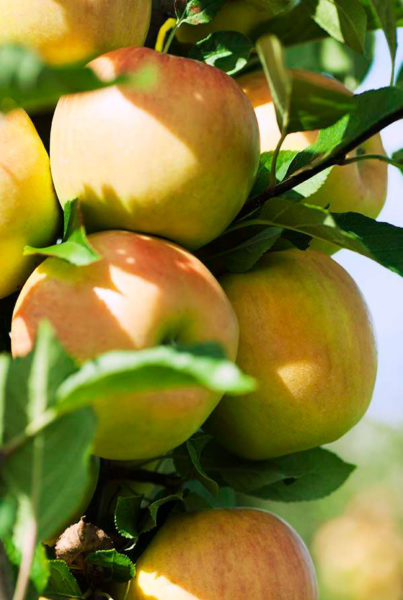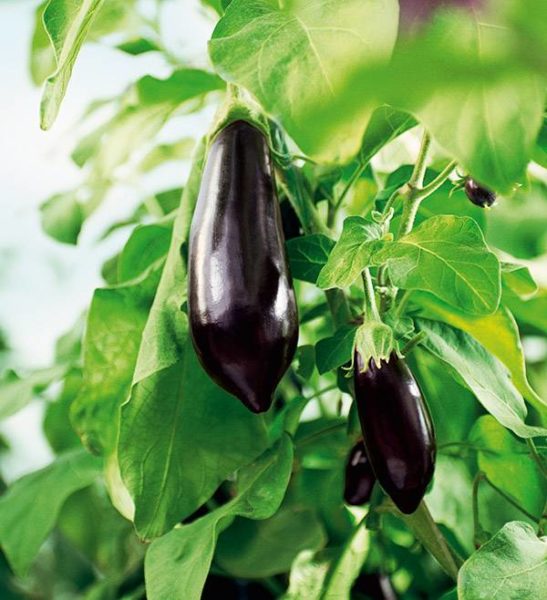Fruit and vegetables may also be eaten by diabetics. However, we recommend that you first consult your doctor or nutritionist. They can draw up an individual nutrition plan for you. There are two ways to find out which foods have what effect on blood sugar. You can be guided by the glycemic index (Glyx) or by the glycemic load (GL). There are also numerous food tables on the Internet that provide important information. The lower the Glyx or GL of a food, the better for diabetics (source: verbraucherzentrale. de <German consumer advice centre>). Apples, pears, grapefruits, cherries, kiwis, mangoes, oranges, peaches, plums and berries of all kinds have a low Glyx, so they are suitable for diabetics. They also have dietary fibres that delay the rise in blood sugar. Nevertheless, they should not be consumed excessively. »A daily portion of fruit that fits into the hands formed to a bowl is ideal. It can be an apple and a pear or a handful of berries«, recommends Thomas Haak, Medical Director of the Diabetes Centre in Bad Mergentheim.

Tomatoes, cucumbers, eggplants, artichokes, cauliflower, carrots, zucchini and asparagus usually contain less sugar and more of it can be eaten. Vegetables make you feel full and help to keep your body weight stable or even reduce it. They also provide many valuable vitamins and minerals as well as secondary plant substances, which for example colour the tomato red or the cucumber green, but which are also found in whole grain cereal products and legumes. The more colourful and varied you eat, the more different vitamins, minerals and secondary plant substances your body gets. Important: the vegetables or fruit should not be heated for too long, as many vitamins are sensitive to heat. The best cooking method is steaming in a small amount of water.





Leave a comment